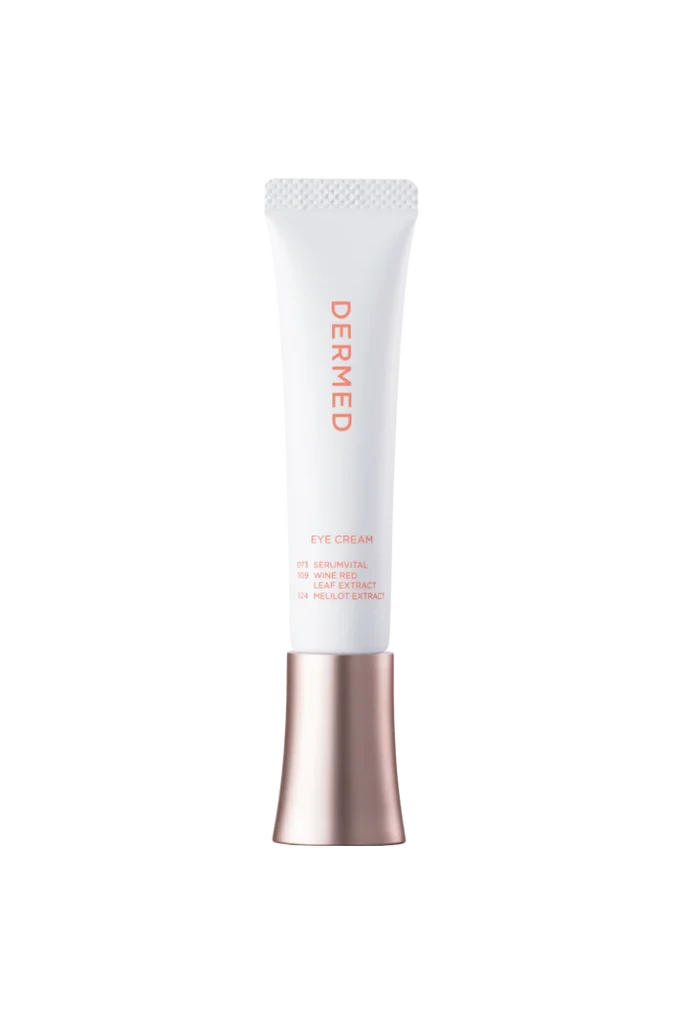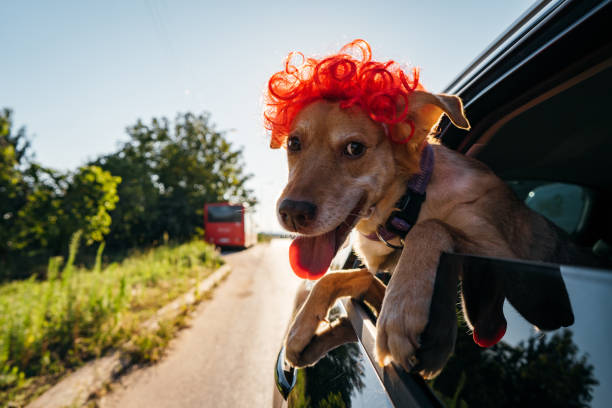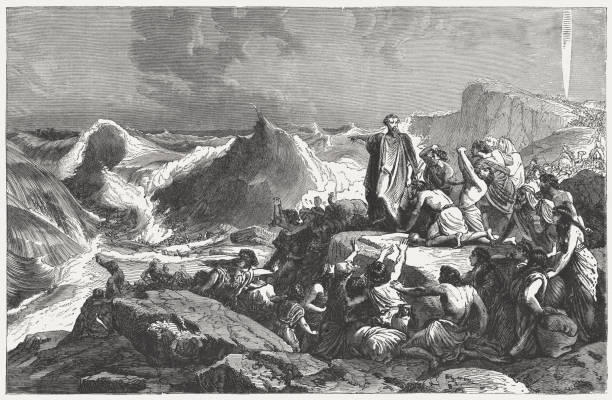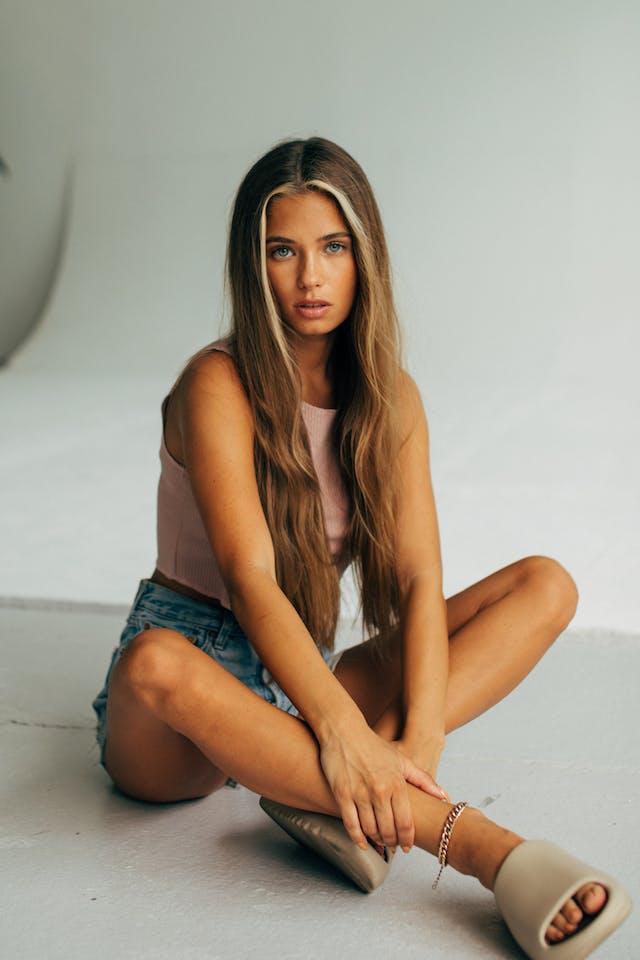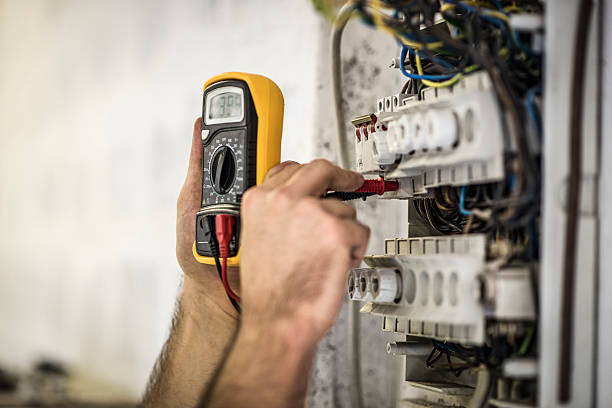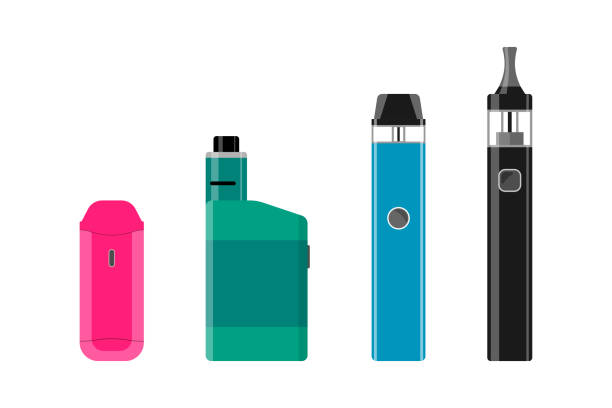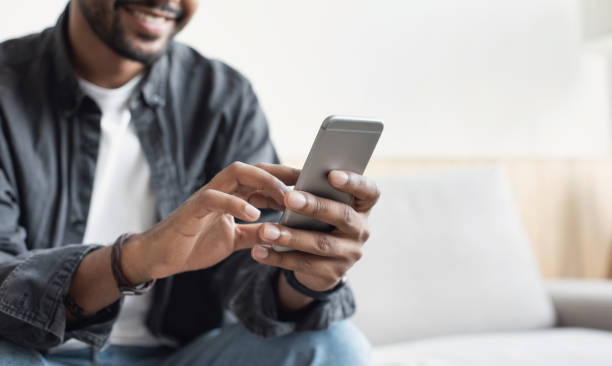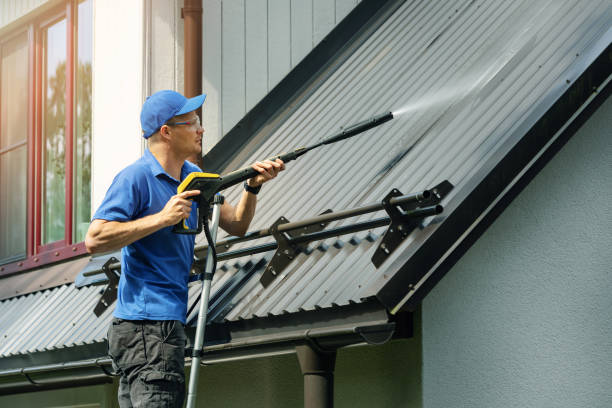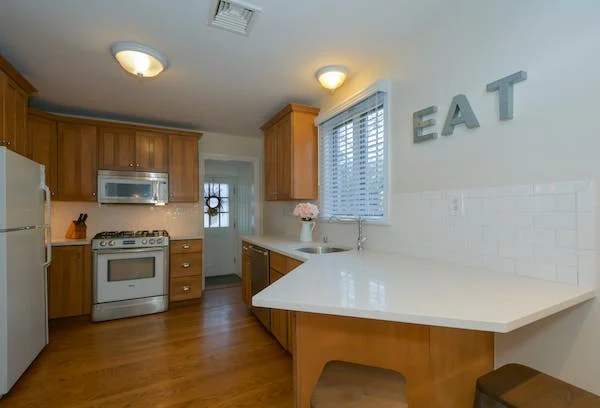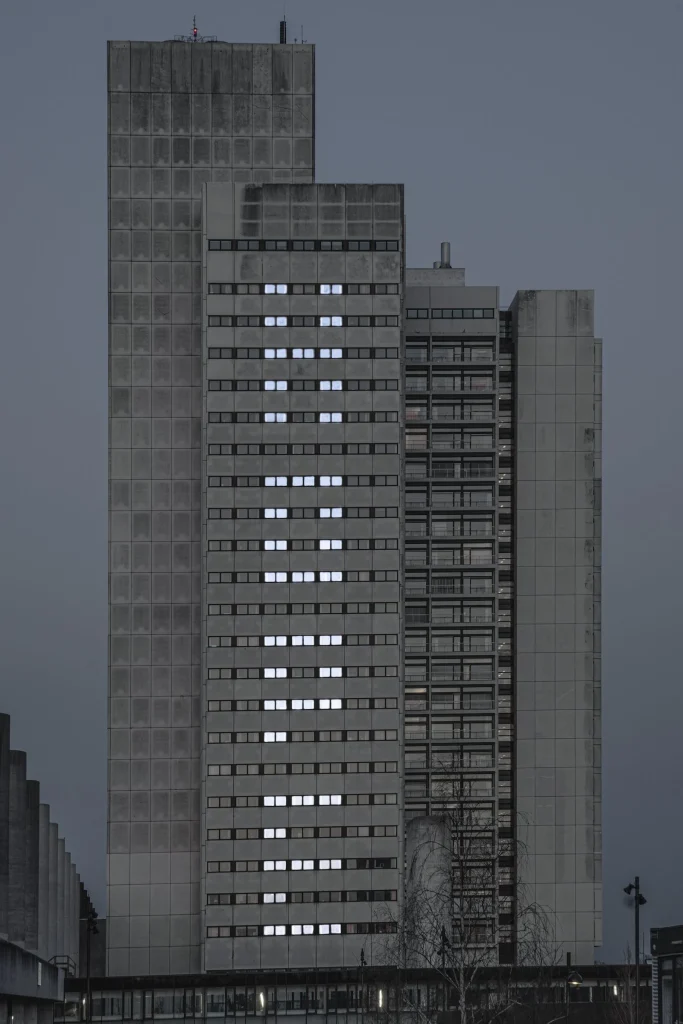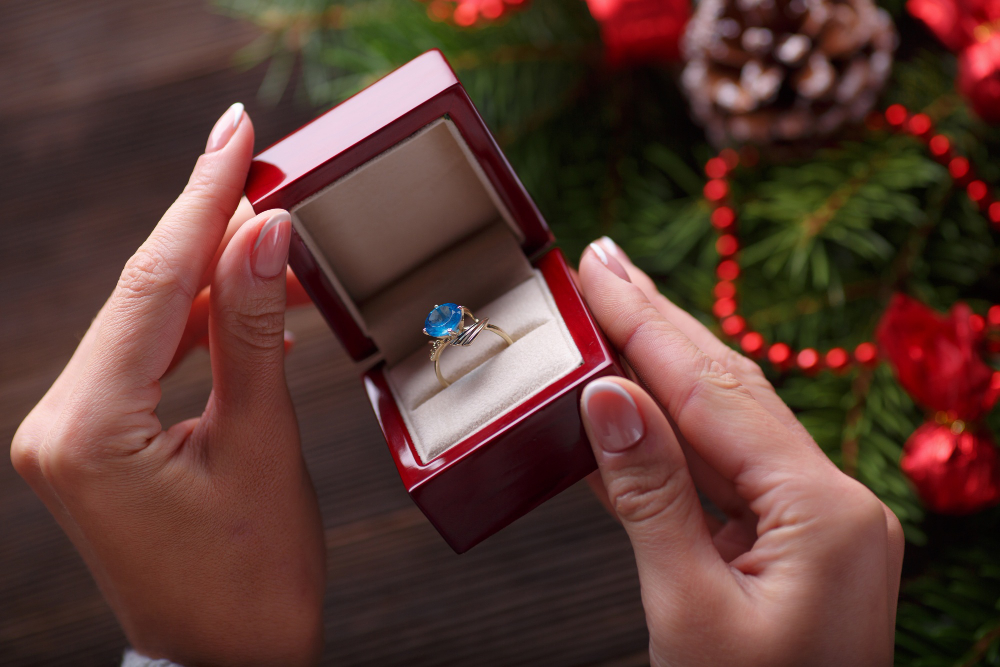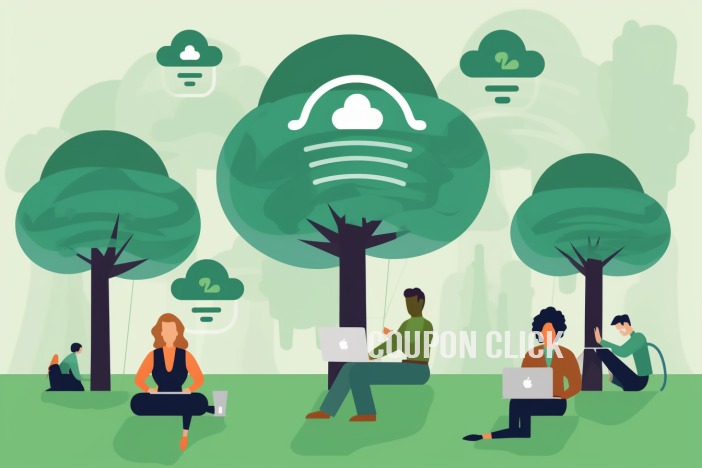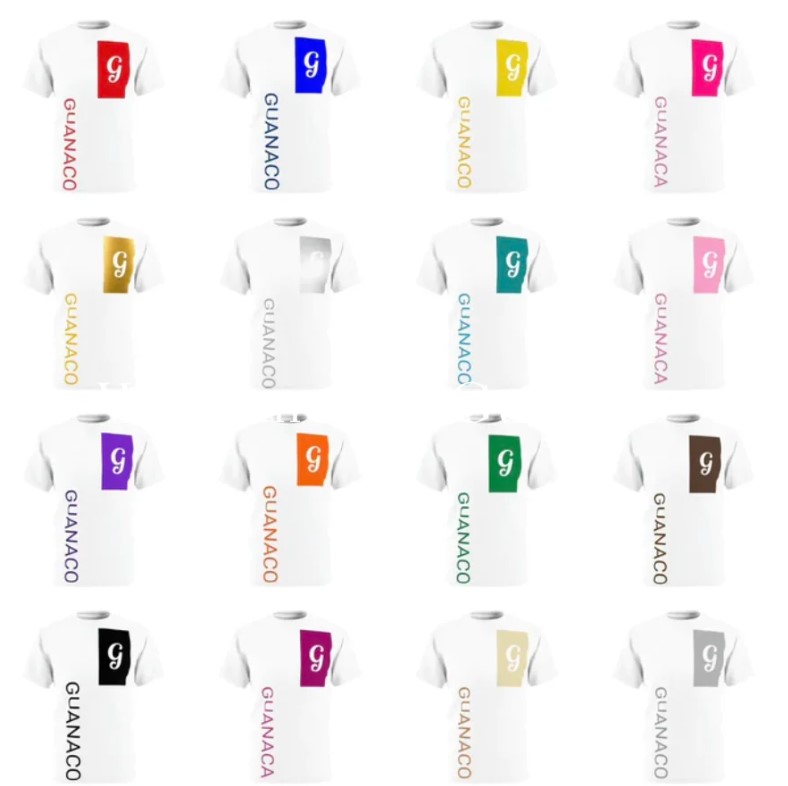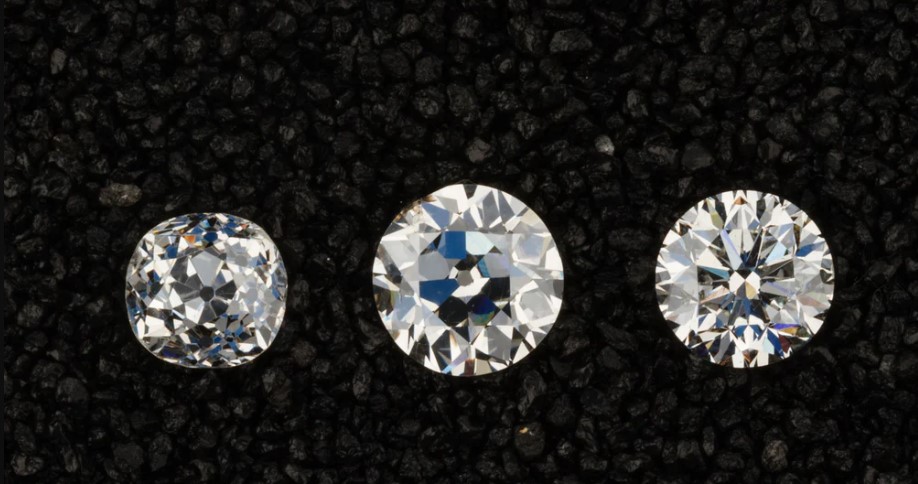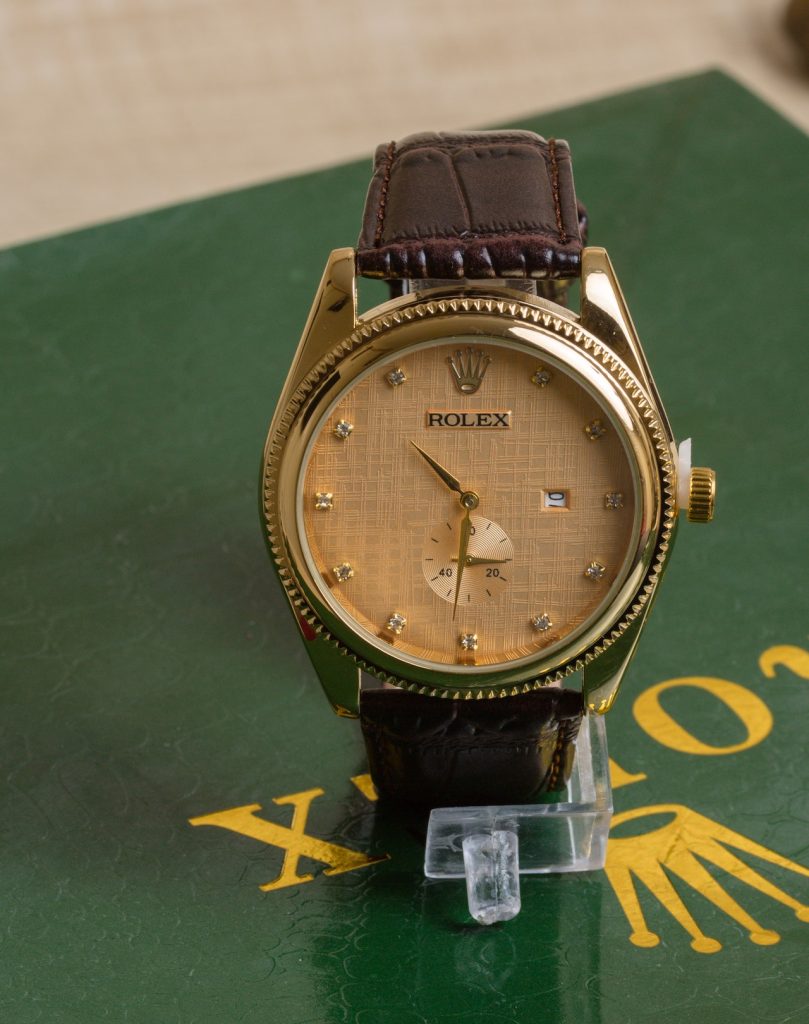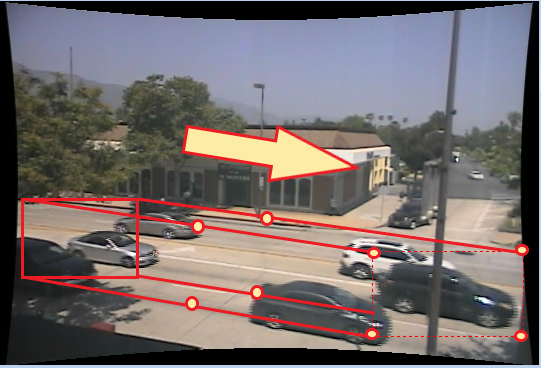Troubleshooting Common Sub-Zero Refrigerator Problems

Dealing with Sub-Zero Refrigerator Issues: A Handy Troubleshooting Guide
Common Problems and Solutions
Are you facing issues with your Sub-Zero refrigerator? Don’t worry; you’re not alone. Even the best appliances encounter problems from time to time. Before you call for professional help or rush to replace your fridge, try troubleshooting it yourself. Many common issues have simple solutions that you can handle without expert assistance.
Here’s a guide to help you troubleshoot and solve some of the most common Sub-Zero refrigerator problems:
- Refrigerator Not Cooling Properly:
-
-
- Check the thermostat settings to ensure they’re set correctly.
- Make sure the condenser coils are clean and free from dust or debris.
- Verify that the door seals are intact and sealing properly to prevent cold air from escaping.
- If the issue persists, it could indicate a problem with the compressor or coolant levels, requiring professional attention.
-
- Excessive Frost Build-Up in Freezer:
-
-
- Check the door gasket for any tears or gaps that may be allowing warm air to enter the freezer.
- Ensure the freezer door is closing properly and isn’t obstructed by any food items or packaging.
- Defrost the freezer manually if ice build-up is excessive, and then investigate potential causes such as a faulty defrost timer or heater.
-
- Water Leakage Inside the Refrigerator:
-
-
- Inspect the water supply line for any leaks or damage.
- Check the drain pan and drain tube for clogs or blockages that may be causing water to accumulate.
- Ensure the refrigerator is level, as improper leveling can lead to water leakage.
- If the issue persists, it could indicate a problem with the water inlet valve or defrost drain, requiring professional repair.
-
- Unusual Noises Coming from the Refrigerator:
-
-
- Clean the condenser coils to remove any accumulated dirt or debris that may be causing the refrigerator to work harder and produce excessive noise.
- Check for any loose or vibrating components such as the evaporator fan or compressor mounts and tighten them if necessary.
- If the noise persists or sounds unusual, it could indicate a more serious issue with the compressor or fan motor, requiring professional diagnosis and repair.
-
- Ice Maker Malfunctions:
-
- Ensure the ice maker is turned on and connected to a water supply.
- Check the water inlet valve for any blockages or defects that may be preventing water from reaching the ice maker.
- Inspect the ice maker assembly for any jammed or obstructed components and clear them as needed.
- If the problem persists, it may indicate a faulty ice maker assembly or control module, requiring professional repair or replacement.
Remember, safety first! Before attempting any troubleshooting or repairs, always unplug your refrigerator to avoid the risk of electrical shock. Additionally, if you’re not comfortable or confident in your ability to diagnose and fix the problem, it’s best to seek professional assistance to avoid causing further damage to your appliance.
By following these Sub zero refrigerator troubleshooting steps, you can often resolve common Sub-Zero refrigerator problems on your own, saving time and money on unnecessary service calls or replacements. However, if the issue persists or you’re unsure of how to proceed, don’t hesitate to contact a qualified technician for assistance. Your refrigerator plays a crucial role in keeping your food fresh and safe, so it’s essential to address any problems promptly to ensure its continued performance and longevity.








